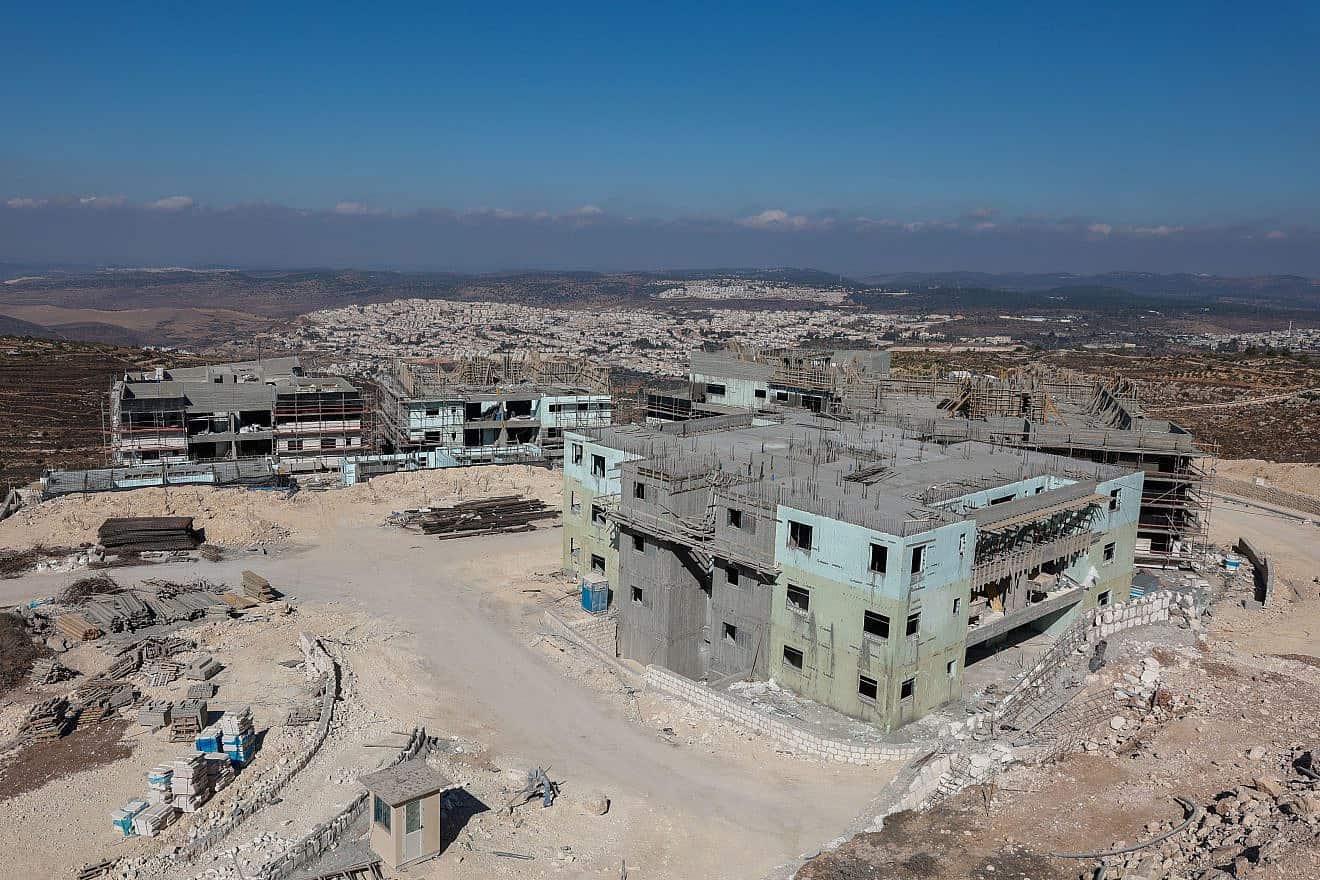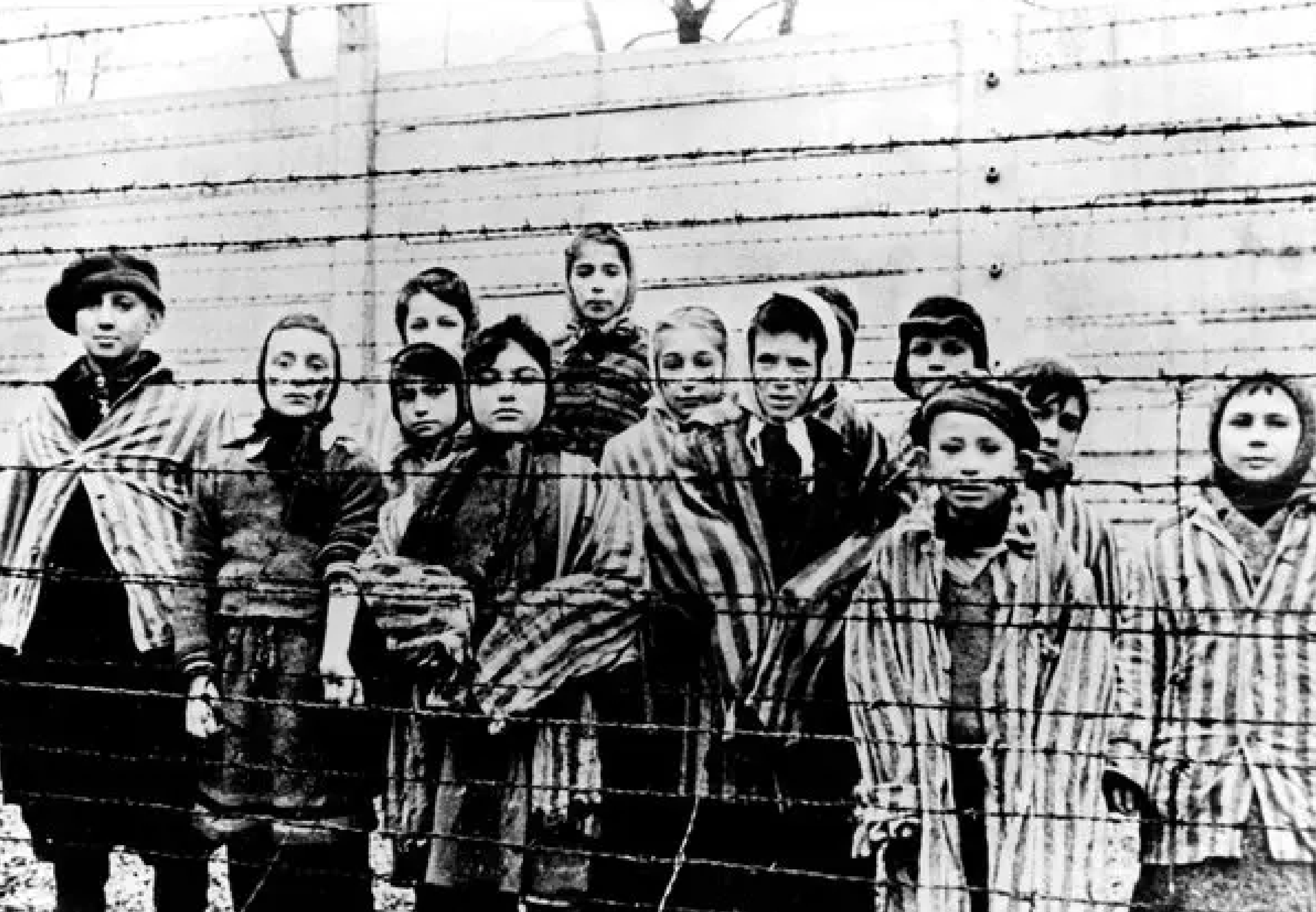
Mountain view: No room for two states
The geography beneath Israelis and Palestinians has not changed.
(Jewish News Syndicate) – One charge against Israeli Prime Minister Benjamin Netanyahu’s coalition government is that because it depends on far-right religious nationalist and ultra-Orthodox parties, it precludes a two-state solution to the Palestinian Arabs’ conflict with Israel.
As if geography did not. As always, geography and demography restrict diplomacy. Proof:
Late one afternoon in February 1979, on a day trip through the West Bank (Judea and Samaria) with a group of moshavniks—members of Israeli cooperative farming villages—I found myself standing on a low mountain at sunset. A handful of house trailers, what Israelis called “caravans,” were scattered about.
Our bus had stopped at one of the new, then few, Jewish settlements in the territories freed from Jordanian occupation in the 1967 Six-Day War. As a handful of settlers argued with the moshavniks over whether they should build there or not, I gazed around. Roughly 30 miles downhill to the southeast something glimmered like light off a mirror. It was the Dead Sea.
Turning, I saw a chain of lights blink on down to the west. The effect was that of a gigantic opalescent necklace before the horizon. I was looking at greater Tel Aviv, about 20 miles away, readying for another night on the Mediterranean Coast. Beyond stretched the sea—orange under a setting sun.
Without binoculars, I had just surveyed the east-west expanse of Eretz Yisrael, the Land of Israel, from the Jordan River to the Mediterranean Sea, all 40 to 45 miles of it.
The moshavniks and settlers rattled on in Hebrew. But I realized that regardless of what was said, in this space there would be room for only one sovereignty. This was both despite and because of the Israeli Jews living mostly along the coast and the Palestinian Arabs living mostly just above them on the West Bank.
Those trailers became the Israeli city of Ariel, population 21,000.
Five years later, working in Washington, D.C., I began two decades of intermittent reporting on the capital’s largest floating policy crap game. This was the recurrent think-tank, congressional hearing, news-conference confab on the two-state solution. Yet somehow, a division of Eretz Yisrael into pre-1967 Israel, and a Palestinian West Bank and Gaza Strip never materialized.
Two other mountaintop scenes would remind me why. In 2019, a relative in Neve Daniel, about seven miles south of Jerusalem in Judea, escorted my wife and me to an observation point. At 3,200-feet elevation, the suburban settlement of roughly 2,500 sits on one of the highest spots between Beersheva and Jerusalem. One tradition holds that it was from here Abraham saw Mount Moriah (what would become Jerusalem’s Temple Mount), en route at God’s instruction to the binding of Isaac.
Tradition or not, looking down to the north, we easily spotted Jerusalem’s 387-foot-tall Harp Bridge. To the west, across part of the West Bank, we made out the Israeli port city of Ashdod and—small dark specks on a sunset silver sea—merchant ships outward bound 30 miles distant.
Finally, in the summer of 2022, we visited friends my wife met while deployed to Chile decades before. They now live in Modi’in Illit, a Jewish city of 80,000 mostly haredi (ultra-Orthodox) Jews. Several Palestinian villages are nearby.
Modi’in Illit lies just across the pre-’67 “Green Line” from Modi’in (where the Maccabees of Chanukah fame got their start), now a mixed Jewish city of roughly 95,000 in Israel proper. Both Modi’ins are half-way between Tel Aviv and Jerusalem. Strolling to the top of a street in Modi’in Illit, we looked west down the Judean Hills to Tel Aviv and its southern suburbs, and the Mediterranean beyond, 18 miles away.
In 1993, the Oslo Accords started the Israel-Palestinian “peace process” many imagined would lead to a two-state geographic and for the most part demographic division. Before Oslo, Israel’s security consensus rested on the Allon Plan. It called for thickening slightly Israel’s nine-to-15-mile-wide coastal waist, retaining the Etzion bloc just south of Jerusalem, the Jordan rift valley and Golan Heights while annexing as few Palestinian population centers as possible.
In 2000, 2001 and 2008, Palestinian leadership rejected two-state proposals even though they disregarded Allon Plan requirements.
Since 1993, the Arab and Jewish populations have grown considerably. There are about 7.1 million Israeli Jews—450,000 of them living in the territories. Also, now perhaps 6.5 million Arabs—2.5 to 3 million Palestinians residing in the West Bank, up to 2 million more in the Gaza Strip, in addition to 1.9 million Israeli Arabs.
But the geography beneath Israelis and Palestinians has not changed. And it won’t. Whatever one thinks of Netanyahu’s coalition and Supreme Court reform, only Jewish sovereignty over defensible borders can sustain free Jews.






